
A bearing is a component of a machine that limits relative motion to only that motion that is intended and lessens friction between moving elements. By managing the vectors of the normal forces acting on the moving parts, the bearing’s design may allow for free linear movement of the moving part, free rotation around a fixed axis, or it may inhibit motion altogether. Most bearings reduce friction in order to enable the desired motion. According to the type of operation, the motions permitted, or the directions of the loads (forces) supplied to the parts, bearings can be widely categorized. Trade-global.com is a B2B e-commerce platform that provides 8 kinds of basic bearings for wholesale. These 8 basic bearings will be demonstrated one by one in this article.
Ball Bearing
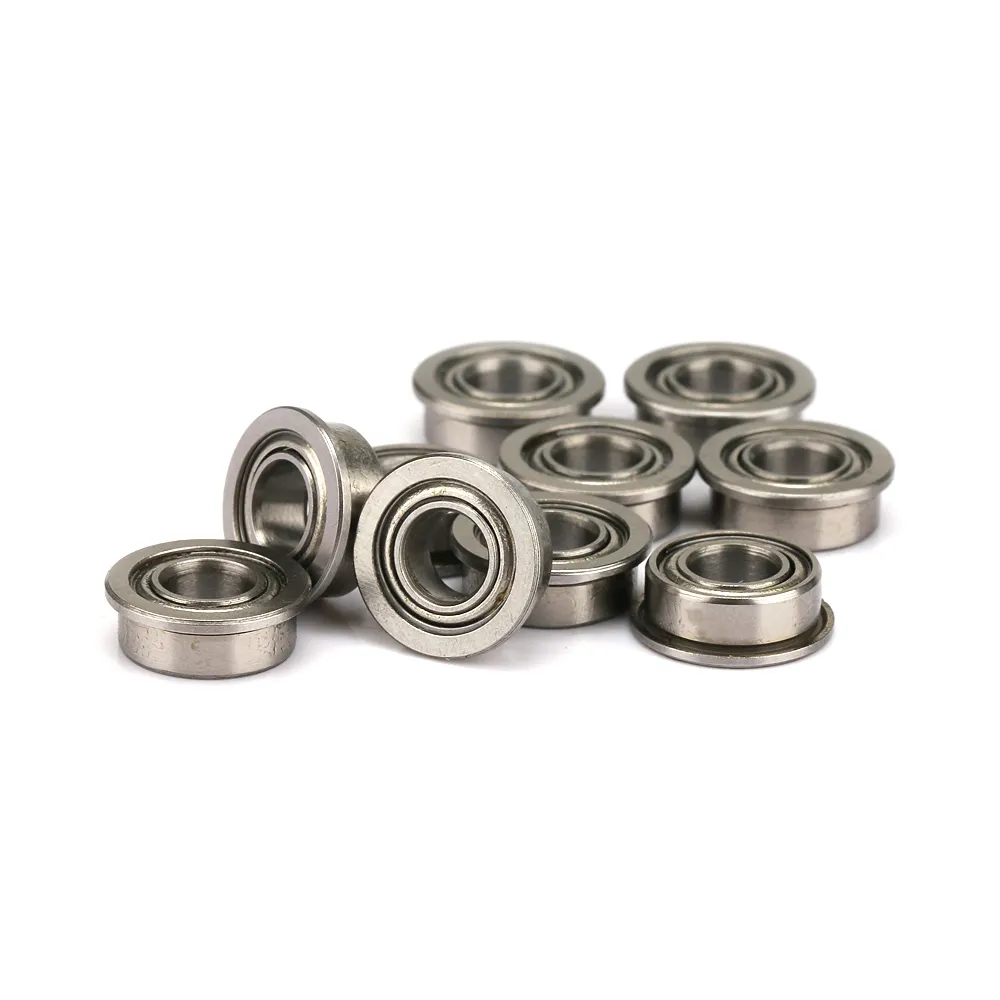
A ball bearing is a specific kind of rolling-element bearing that uses balls to keep the bearing races apart. A ball bearing’s main functions are to support radial and axial loads and lessen rotational friction. In order to contain the balls and transport the stresses via the balls, at least two races are used. In the majority of applications, one race is coupled to the rotating assembly, and the other is immobile. The balls also spin as a result of the rotation of one of the bearing races. The balls’ coefficient of friction is substantially lower than it would be if two flat surfaces were moving against one another since they are rolling. Due to the smaller contact area between the balls and races compared to other types of rolling-element bearings, ball bearings typically have a lower load capacity for their size. They will, however, put up with some discord between the inner and outer races.
Roller Bearing
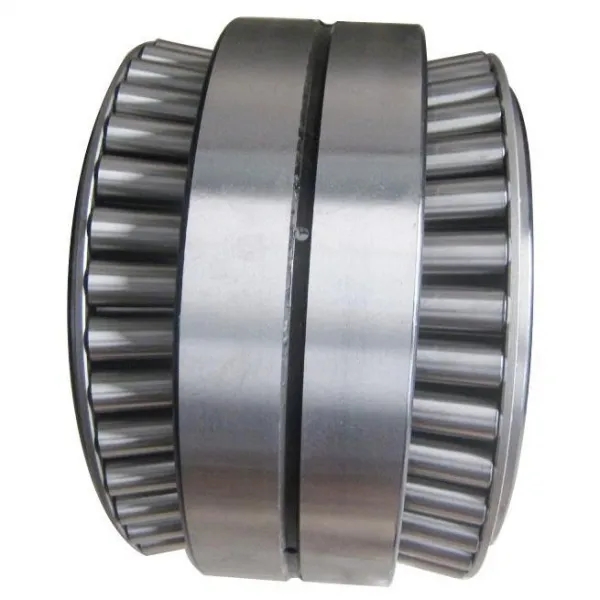
A rolling-element bearing, sometimes referred to as a roller bearing in mechanical engineering, is a bearing that supports a load by sandwiching rolling elements, between two concentric, grooved rings called races. The relative motion of the races causes the sliding and rolling resistance of the rolling parts to be relatively low.
The benefit of roller bearings is that they offer a good balance between price, size, weight, carrying capacity, durability, precision, friction, and other factors. Applications in the automotive, industrial, marine, and aerospace sectors frequently require mechanical components. They are essential products for modern technology.
Sliding Bearing
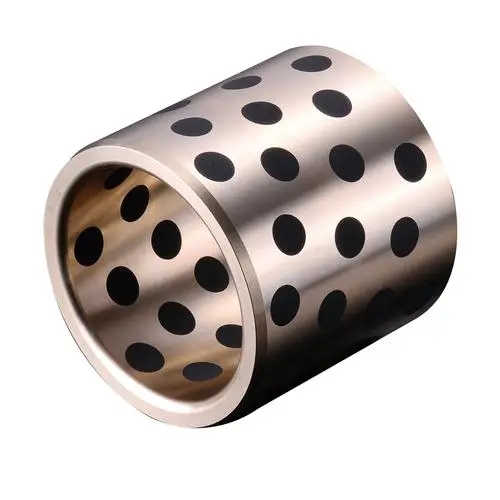
Bearings that produce just sliding friction are known as sliding bearings. The sliding surface often acts as a support for the shaft, with air and oil inserted between them to aid sliding motion. Sliding bearings produce less noise or vibration and are lightweight with a long operational life. With their reduced weight, lower cost, and greater versatility as compared to metal, sliding bearings manufactured of resin material are suitable for a variety of fields and machine components. They are also made for slippery surfaces or shafts. They feature a lower slip friction coefficient, produce less vibration and noise, and are lightweight. They are also resistant to chemicals and water, have great plastic workability, and have electrical insulation when heated.
Rod End Bearing
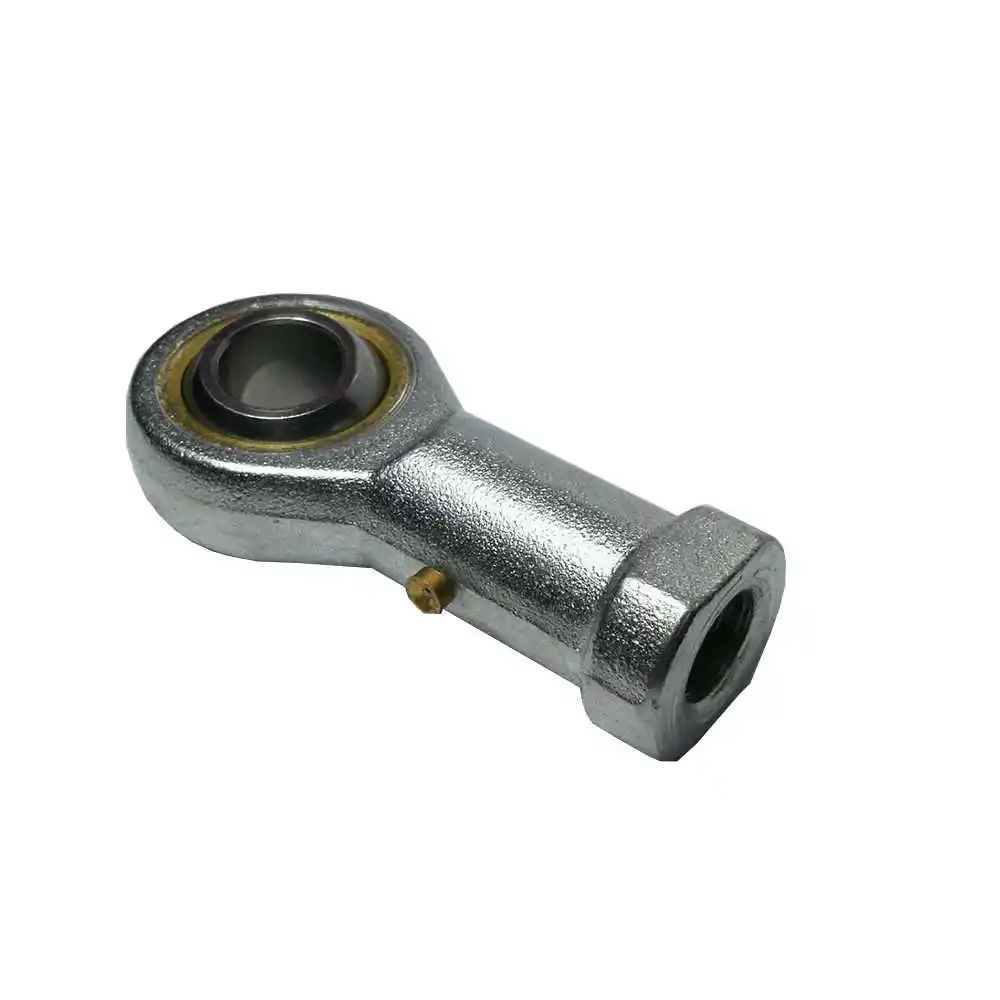
On the ends of control rods, a rod end bearing is a typical sort of mechanical joint. Depending on how the threading is made, a rod end bearing can be categorized as either male or female. Male rod end bearings feature external threading in their design. Female rod end bearings, in contrast, feature internal threading in their design. Female rod end bearings with inner threading can handle special applications that male rod end bearings cannot. For instance, female rod end bearings are frequently used in helicopters to change the blade’s direction. They enable blade modifications to be made to a very fine point by pilots and aircraft personnel.
Pillow Block Bearing
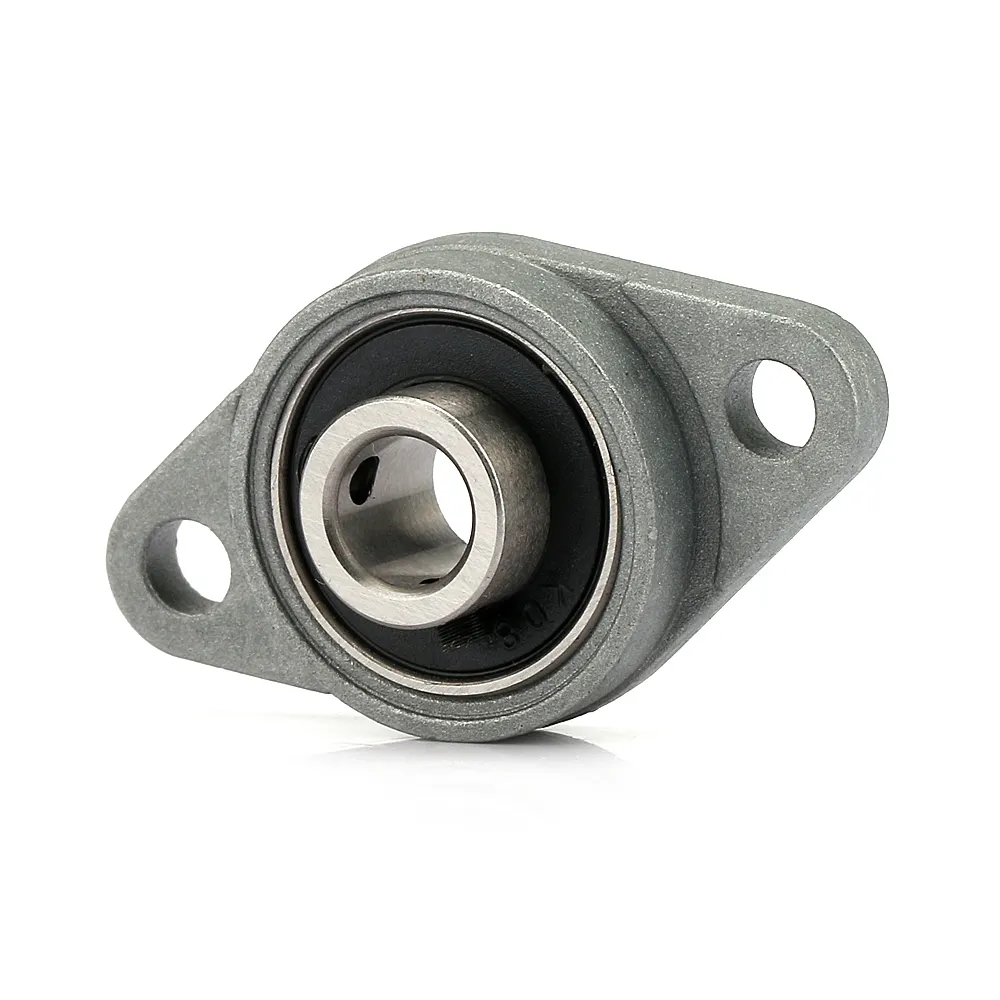
Using appropriate bearings and other accessories, a pillow block bearing serves as a pedestal for supporting a rotating shaft. A mounting block that houses a bearing makes up the assembly. A shaft is put into the block, which is affixed to a foundation, allowing the inner portion of the bearing/shaft to revolve. To secure the shaft, set screws, locking collars, or set collars are frequently employed. Cast iron or cast steel is generally used as the housing material for pillow blocks. Grey cast iron is typically used to make bearing housings. However, different grades of metals, such as ductile iron, steel, stainless steel, and different kinds of thermoplastics and polyethylene-based plastics, can be used to make the same.
Needle Roller Bearing
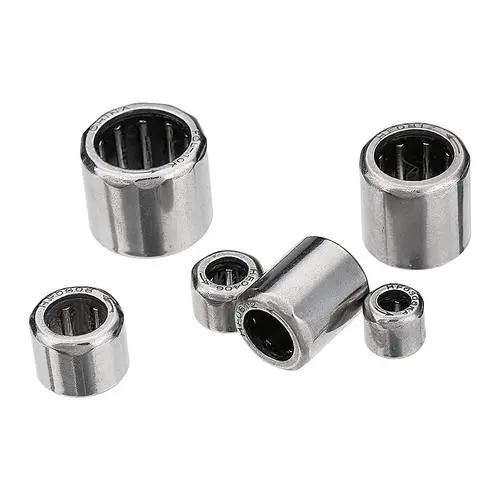
A unique variety of roller bearing known as a needle roller bearing makes use of long, thin cylindrical rollers that resemble needles. In contrast to needle bearings, which normally have rollers that are at least four times longer than their diameter, ordinary roller bearings feature rollers that are just slightly longer than their diameter. They are used to lessen the friction of a rotating surface, just like all bearings. Needle bearings have a larger surface area in contact with the races than ball bearings and standard roller bearings, which allows them to carry a heavier load. Additionally, because they are thinner, less space is needed between the axle and the surrounding structure. Automobile parts including rocker arm pivots, pumps, compressors, and transmissions frequently employ needle bearings.
Slewing Bearing

Slewing bearings are rotational rolling-element bearings used in materials handling grapples, forklift attachments, welding turnover jigs, and other applications. They typically handle heavy, slowly rotating, or oscillating loads in combination. The rings are considerably wider than “regular” ball bearings and frequently have holes drilled into them to act as fasteners for a structure. To safeguard the rolling components, seals might be installed between the rings. Slewing bearings are relatively thin sections compared to conventional rolling-element bearings, so the structure to which they are bolted must be sufficiently rigid to prevent them from exceeding predetermined distortion limitations when under stress.
Linear Bearing
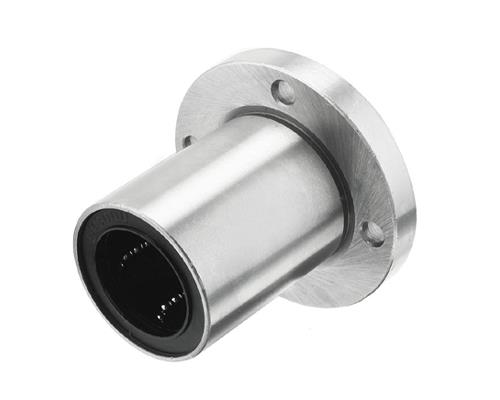
A bearing created to allow for free motion in one direction is known as a linear-motion bearing or linear slide. When a component needs to be moved precisely and in a straight line, linear bearings are employed. It can also be necessary to repeatably restore the object to its starting point. There are many different types of linear bearings, and they can support a variety of loads. Bronze, ceramic, graphite, plastic, and stainless steel are among the bearing materials that can be used in linear bearings. Corrosion resistance, self-lubricating, and rotating motion are examples of special material characteristics. Adjustable preload, clean room compatibility, lubrication ports, recirculating bearings, self-aligning, vacuum compatibility, wipers, and seals are a few of the features and options for linear bearings.